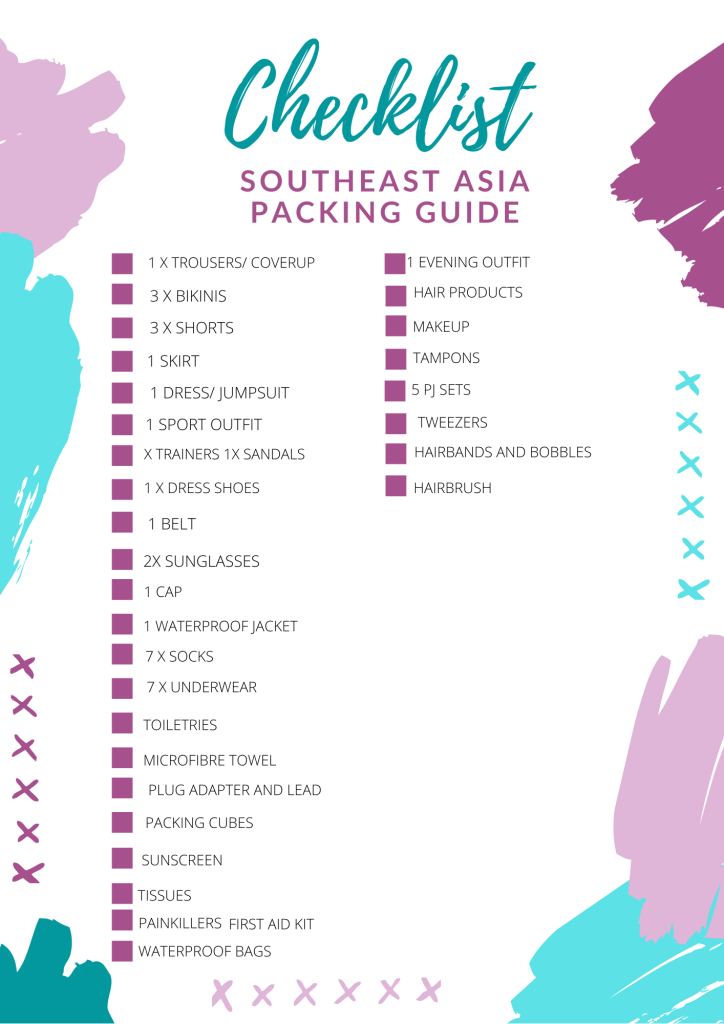Transport tips for your first time visiting Edinburgh
Transport – unless you’re taking a car, the best way around Scotland’s beautiful capital city is by bus. There are also trains, but they are only good for if you’re planning to venture far out of the city. Trams are also available, but they currently only have very limited routes.
So buses I would say are by far the most convenient mode of transportation around the city. They are very frequent, they have lots of routes which can take you all around Edinburgh, and they’re fairly cheap – however the downsides include that they’re not very reliable in regards to the timetables.
If you are heading to Edinburgh, be sure to check out the best foods to try
ROUTES
The Lothian bus timetables are confusing to read at first, and instead of getting yourself in a muddle reading the varying timetables and maps that differ per bus stop, you will save a world of hassle by downloading the Lothian ‘bus and tram’ app. This will allow you to chose your starting point and end destination, it will tell you the best route to take, and tell you the timings.
Be aware, these buses are almost never on time so always opt in for an earlier bus if you’re stuck between two.
PRICES
The fares go up every year or so, but as of June 2020 the prices are as follows –
- £1.80 for an adult single
- 90p for a child single (age 15 and under)
- £4.50 for a day ticket (unlimited travel on buses from time of purchase until 23:30
- Family day ticket All-day travel for up to 2 adults and up to 3 children
- £2.20 for child day ticket
- £3.50 for an adult day and night ticket (valid from 18:00-04:30)
PAYMENT METHODS
Buses accept cash – but they do not give change. Just put your cash into the deposit box, say what ticket you want, take your ticket and walk to your seat.
They also take contactless – both with cards and phones. Just tap on the blue contactless pad next to the deposit box. You wont get a physical printed ticket this way. Now here’s where you need to pay attention – you can only use one bank account per person, this means you can’t pay for multiple people using one card. The reason for this is that only an adult single ticket is available when you pay by card, but it is capped, so regardless of how many journeys you do in a day, you won’t be charged more than the price of a day saver (£4.50). This is really handy, but is also a serious disadvantage if you’re looking to pay for more than one person with your card
The final option is to use the ticket app. This allows you to pre buy your ticket, which you can activate and show as you get on the bus. If you need to buy more than one ticket and don’t always have cash or more than one card payment method, this may be the way for you. Just buy how many tickets you need (you can buy any types of tickets with this option), and you can send them to whoever needs them. Now you can only show one per phone, so if for example you, your partner and your child were to get on the bus, you would need to send them both a ticket, they would need to both download the app and show their tickets separately. Got it?
Important things to note:
Up to 2 children per adult under 5 ride free. Any additional under 5 year olds will be charged a child fare.
If you’re planning on getting a child single for anyone aged between 14-15, take some form of ID, especially if they look older. Bus drivers in Edinburgh can be frustratingly difficult, and you don’t want to end up having to pay double because you couldn’t prove your age.

